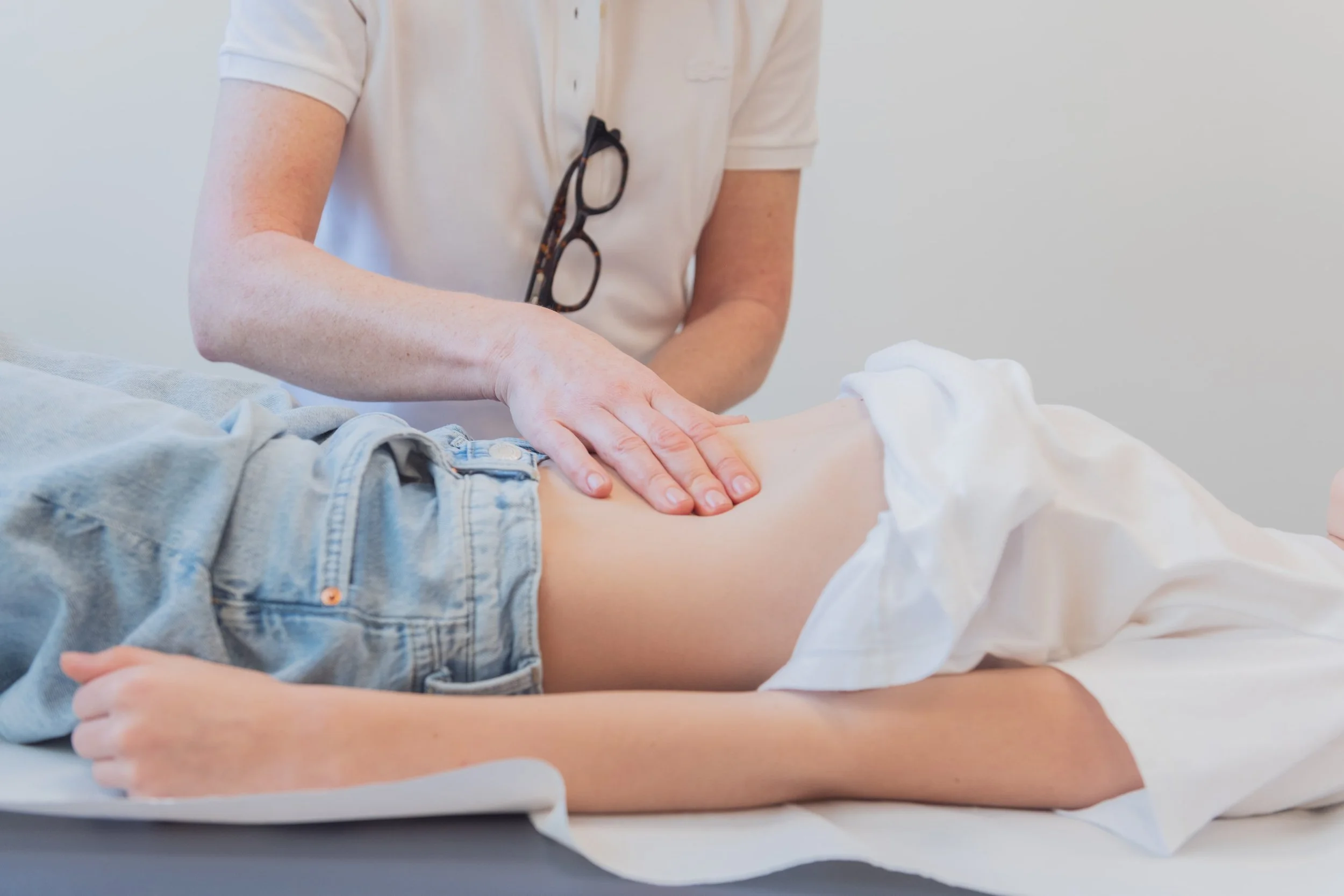
Surgical Services
I am here to assist you and your child with the following conditions:
Patients of all ages are welcome.
Surgical interventions are usually possible from the age of 1.
-
A groin hernia in children occurs when abdominal contents (usually part of the intestine) protrude through an open connection in the groin canal. It appears as a swelling that becomes more noticeable when crying or straining. Since it does not heal on its own and carries a risk of intestinal entrapment, surgical treatment is recommended. The procedure is short and safe, ensuring a quick recovery.
-
A fluid accumulation in the scrotum due to an open connection between the abdomen and scrotum. This is often congenital and usually resolves by the age of two. If it persists or causes discomfort, a minor surgical procedure may be needed.
-
It occurs when part of the intestine or tissue pushes through a weak spot in the abdominal wall near the navel. Common in newborns and infants, it usually resolves by age 4-5. Surgery is required if it persists, causes symptoms or if the gap is too large.
-
A small abdominal wall defect between the breastbone and navel, often congenital. Usually painless, but larger hernias or symptomatic cases require surgery.
-
When one or both testicles fail to descend into the scrotum. If they do not descend naturally within the first months of life, surgery is recommended to prevent future fertility issues or increased cancer risk.
-
Phimosis refers to a narrowing of the foreskin of the penis, making it difficult or impossible to fully retract. Normally, the foreskin widens as boys grow, usually resolving by puberty without causing any issues.
If recurrent infections or pain occur, treatment may be necessary. Initially, this involves a topical ointment therapy. If this does not achieve the desired effect, circumcision may be required.
In rare cases with severe scarring, the condition may be Lichen sclerosus. In such cases, circumcision leads to a cure.
-
An ingrown toenail occurs when the edge of the nail grows into the surrounding skin, causing pain, redness, and swelling. Causes can include wearing shoes that are too tight or ill-fitting, improper nail trimming, or genetic predisposition.
Treatment for an ingrown toenail often involves soaking the toe in an antiseptic solution, proper nail trimming, or taping the nail fold to reduce pressure. In more severe cases or recurrent problems, surgery may be necessary to remove part of the nail root.
-
Surgical procedures involving the skin and subcutaneous tissue include the removal of moles, warts, cysts, and foreign bodies. Suspicious or changed moles are often removed for examination, usually under short anesthesia in children. Warts, which are often caused by viruses, typically go away on their own but can be treated if painful, numerous, or cosmetically bothersome – surgical removal is usually the last option. Cysts filled with sebum can be removed through a small skin incision. Foreign bodies are removed through a simple surgical procedure to protect the surrounding tissue.
-
Small congenital openings or skin growths near the ear. They may require surgical removal if infected or cosmetically bothersome.


